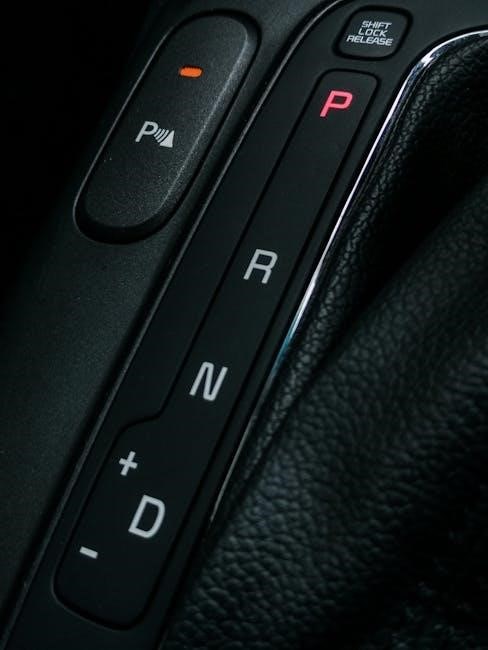
Converting a manual transmission to an automatic offers convenience, especially in heavy traffic, but involves significant modifications and costs. Ensure compatibility and budget accordingly.
Overview of Manual to Automatic Transmission Conversion
Converting a manual transmission to an automatic is a complex process that involves significant modifications. It requires replacing the manual gearbox with an automatic transmission, adapting the drivetrain, and updating the vehicle’s electronics. Compatibility between the engine and the new transmission is crucial. While the process can enhance driving convenience, it also demands careful planning and professional expertise. The goal is to ensure smooth integration and optimal performance, making the vehicle more suitable for modern driving demands and preferences.

Feasibility and Compatibility
Converting a manual to automatic is feasible but requires thorough compatibility checks. Ensure the vehicle’s engine and drivetrain can support the automatic transmission and necessary modifications.
Checking Vehicle Specifics
Before conversion, evaluate your vehicle’s engine compatibility, drivetrain, and ECU system. Ensure the automatic transmission and components like the flex plate and mounts are suitable. Modern cars post-1990s require advanced modifications, including new wiring harnesses and electronics. Compatibility varies by make and model, so thorough research or professional consultation is essential to avoid costly errors.
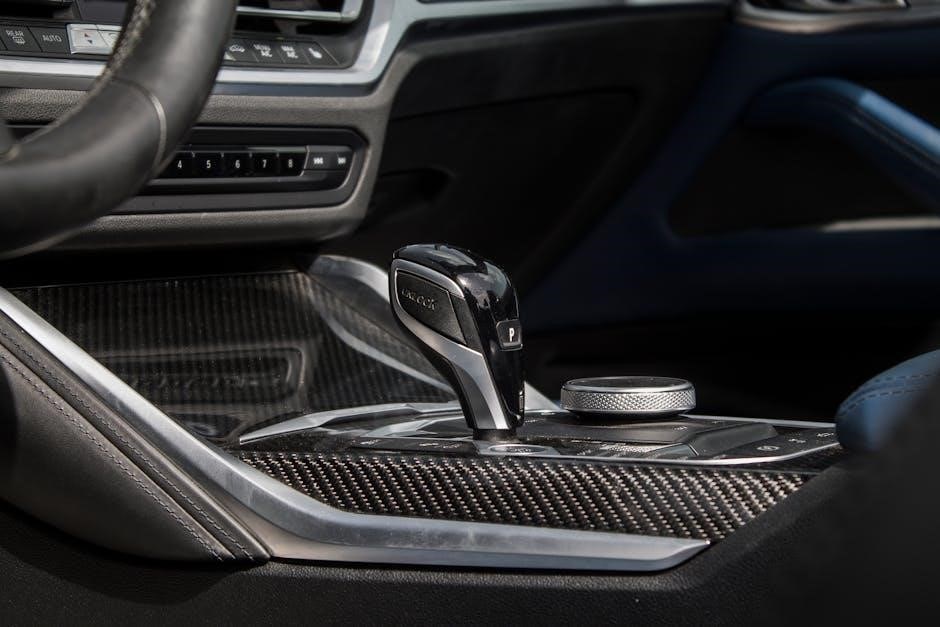
Cost Considerations
Converting a manual to an automatic transmission can range from $250 to $2,500, depending on the vehicle and components needed, such as a new ECU and wiring harness.
Estimated Expenses
The cost to convert a manual to an automatic transmission can range from $250 to $2,500, depending on the vehicle and components needed. A refurbished or new automatic transmission is the primary expense, with labor costs adding significantly. Additional expenses may include a new ECU, wiring harness, and potential drivetrain modifications. Budget extra for motor mounts, transmission mounts, and any custom work required for compatibility.
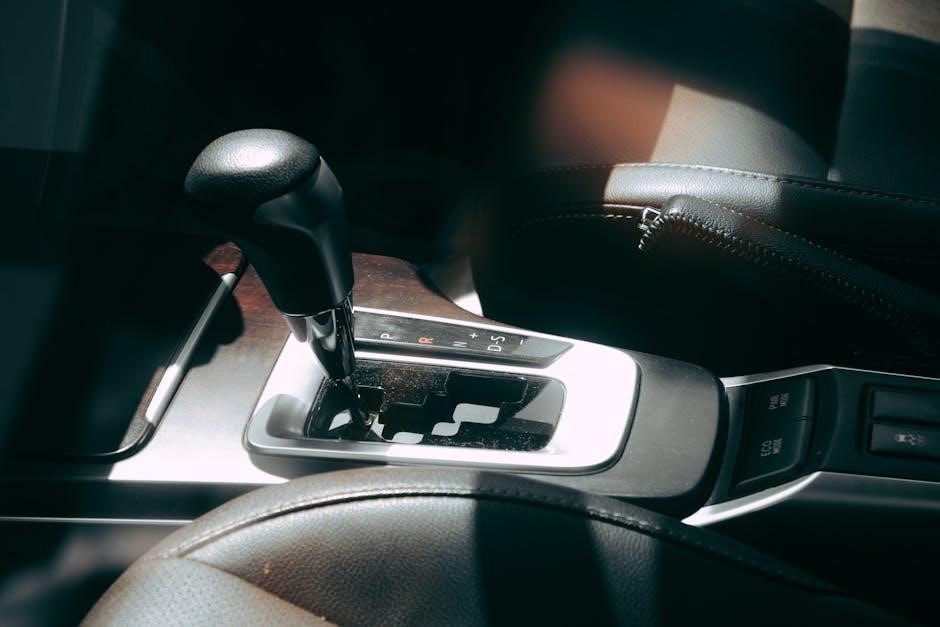
Conversion Process
The conversion process involves removing the manual transmission, installing an automatic one, and adapting necessary components like the ECU and wiring harness for compatibility.
Steps Involved
Converting from manual to automatic involves several key steps. First, remove the manual transmission and replace it with an automatic unit. Next, install a new flywheel or flex plate to ensure proper connection. The clutch pedal assembly must be removed and replaced with automatic-specific components. Additionally, the ECU and wiring harness need upgrading to support automatic transmission functionality. Finally, the shifter mechanism is modified to accommodate the automatic gear selector, ensuring smooth operation.
Professional Assistance
Converting a manual to an automatic transmission often requires professional expertise due to the complexity of the process. A skilled mechanic or transmission specialist ensures proper installation and compatibility. They handle critical tasks like wiring harness modifications, ECU reprogramming, and custom fabrication if needed. DIY attempts can lead to costly errors, making professional assistance highly recommended for a smooth and reliable conversion.

Benefits and Drawbacks
Converting to automatic offers convenience and ease, ideal for heavy traffic. However, it can be costly and complex, requiring significant modifications and expertise.
Advantages of Automatic Transmission
Automatic transmissions offer enhanced convenience, especially in heavy traffic, reducing driver fatigue. They provide smoother acceleration and easier handling, particularly in hilly or stop-and-go conditions. New drivers benefit from the simplicity of operation, allowing focus on road awareness. Additionally, automatics often include features like cruise control and seamless gear shifts, improving overall driving comfort and efficiency. This makes them ideal for urban environments and long-distance commuting.
Disadvantages
Converting to automatic involves high costs due to extensive modifications. The process requires new components like ECUs, wiring harnesses, and mounts. Fuel efficiency may decrease with automatics, and driver engagement is reduced. Modern manuals often achieve better performance and lower maintenance costs. Additionally, the complexity of the conversion can lead to potential reliability issues if not executed properly by skilled professionals, making it a less practical choice for some drivers.
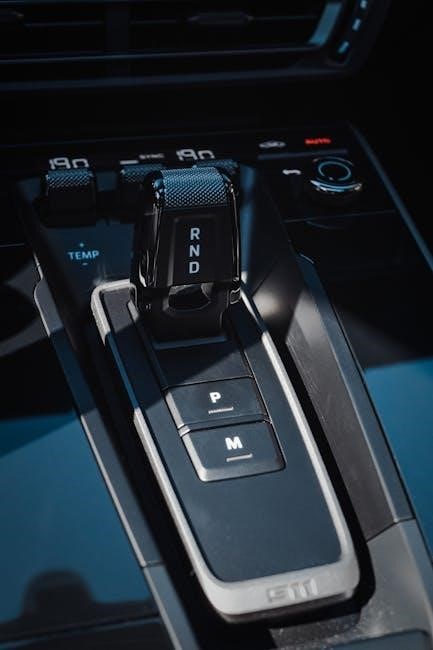
Maintenance and Longevity
Regular maintenance is crucial for automatic transmissions, including fluid changes and filter replacements. Proper installation ensures longevity, while poor execution can lead to premature wear and repairs.
Post-Conversion Maintenance
Regular maintenance is essential after converting to an automatic transmission. Ensure fluid levels are checked and changed as recommended. Inspect the transmission pan and coolant lines for leaks. Filters should be replaced periodically to prevent contamination. Additionally, monitor the torque converter and solenoid pack for proper function. Addressing minor issues early can prevent major repairs. Proper care extends the lifespan of the automatic transmission and ensures smooth operation over time.

Parts Availability
Converting a manual to an automatic requires sourcing specific parts, including a new ECU, wiring harness, transmission mount, and motor mount. Compatibility is key.
Sourcing Components
Converting a manual to an automatic requires several key components, including a new ECU, wiring harness, transmission mount, and motor mount. These parts ensure compatibility and proper installation. Custom fabrication may be necessary for some vehicles, increasing costs. Prices can range from $250 to $2500, depending on the car and transmission type. It’s crucial to source high-quality parts from reputable suppliers to ensure reliability and performance.
Community Resources
Online forums, social media groups, and specialized automotive communities offer valuable insights and support for manual-to-automatic conversions. Platforms like Reddit and Facebook host dedicated groups where enthusiasts share experiences and advice. Local car clubs and workshops often provide hands-on guidance and access to skilled mechanics. Additionally, online tutorials and YouTube channels detail step-by-step processes, helping DIYers navigate complex modifications. Engaging with these resources can simplify the conversion process and reduce potential pitfalls.
Legal and Regulatory Considerations
Ensuring compliance with local laws and regulations is crucial when converting a manual to automatic transmission. Inspections and documentation may be required to validate the modification legally.
Compliance Requirements
Converting a manual to automatic transmission requires adherence to local regulations. Modifications must meet safety and emissions standards. Inspection certifications and updated vehicle documentation are typically necessary. Penalties may apply for non-compliance, emphasizing the importance of legal validation. Additionally, ensuring all electronic systems align with the new transmission is crucial for proper functionality and regulatory approval.
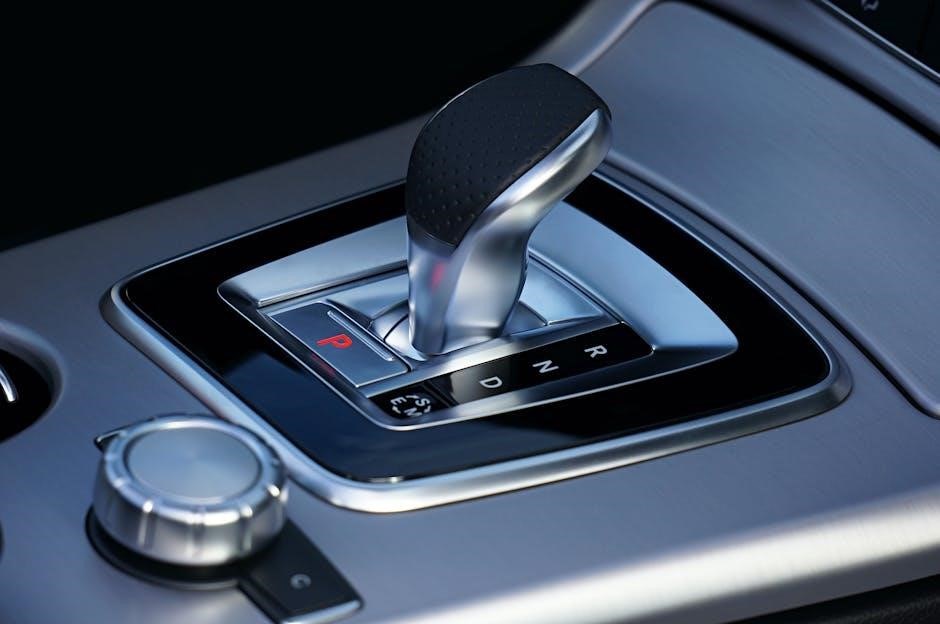
Resale Value Impact
Converting to automatic may boost resale value in regions where automatics are preferred, but in markets favoring manuals, it could reduce appeal and resale price.
Market Considerations
Resale value impact varies by market. In regions favoring automatics, conversion may enhance appeal and value. However, in areas where manuals are preferred, especially among enthusiasts, resale value could decrease. Researching local market trends and buyer preferences is crucial. Automatic transmissions are often sought after for convenience, but manual enthusiasts may view conversions negatively. Balancing supply and demand dynamics is key to maximizing resale potential. Understanding regional preferences helps make informed decisions.

Driving Habits and Needs
Consider traffic conditions, daily commuting demands, and personal preference. Automatic transmissions suit heavy traffic and ease of use, while manuals offer control for enthusiasts and specific driving scenarios.
Evaluating Typical Driving Conditions
Evaluate your typical driving environment to decide if an automatic transmission suits your needs. Heavy traffic, frequent stops, and urban commuting benefit from automatics, reducing driver fatigue. For hilly or rural areas, manuals may offer better control. Consider personal preference, such as ease of use or the thrill of manual driving. Assessing these factors helps determine if the conversion aligns with your lifestyle and daily commuting requirements.
Technical Considerations
Converting a manual to automatic requires compatible engine and transmission. Modifications include new ECU, wiring harness, mounts, and firewall adjustments. A complex process.
Engine and Transmission Compatibility
Ensuring engine and transmission compatibility is crucial. Modern engines require specific ECU configurations and wiring harnesses for automatic transmissions. The drivetrain must be compatible, potentially needing custom adapters or bellhousing modifications. Incorrect installation can lead to mechanical failure or safety hazards. Professional expertise is often necessary to align components properly. Compatibility issues can complicate the process significantly, making it essential to verify specifications before starting the conversion.
Converting a manual to an automatic transmission is feasible but complex, requiring careful consideration of compatibility, cost, and professional expertise to ensure a successful outcome.
Final Decision
Converting a manual to an automatic transmission is a complex decision that hinges on personal needs, budget, and vehicle compatibility. Weigh the benefits of convenience against the high costs and technical challenges. Modern vehicles may require extensive modifications, including new electronics and drivetrain adjustments. Professional expertise is often essential for a successful conversion. Ultimately, the decision should be based on thorough research, financial capacity, and long-term practicality to ensure the outcome aligns with your expectations and driving requirements.